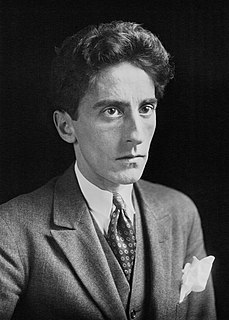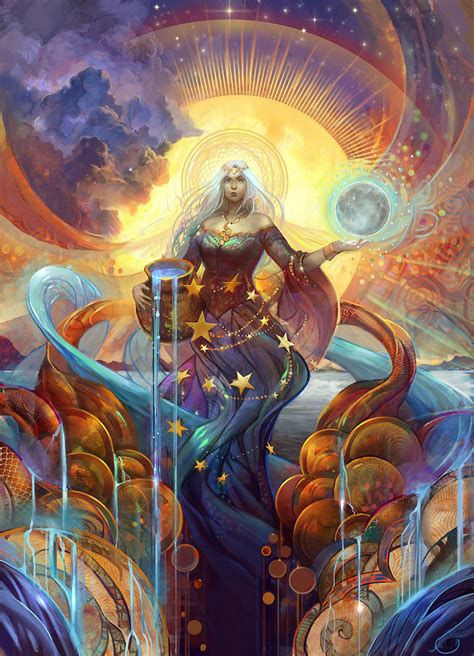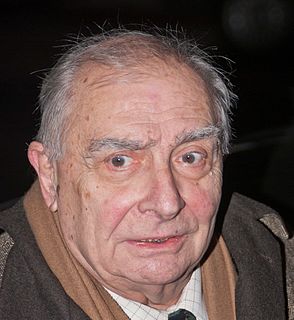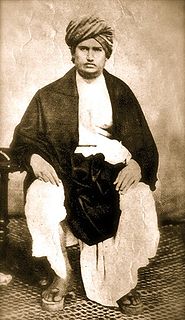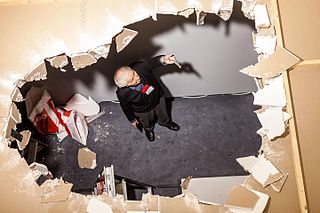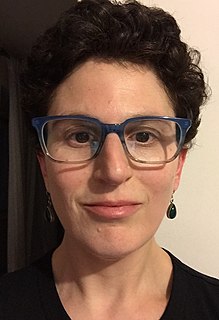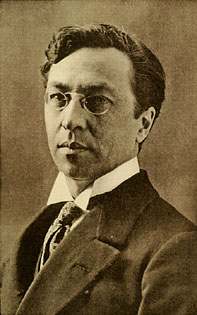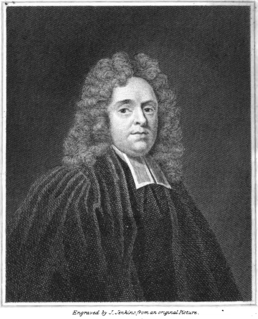A Quote by Jean Cocteau
My little Renoirs. Matisse describes having seen Renoir make these tiny canvases. When he had finished working, he would use up the color left in his brushes on them.
Related Quotes
I personally prefer working digitally because it allows me to work quickly and cleanly. I don't have to buy paint or brushes or canvases, I don't have to wait for paintings to dry before sending them to clients, I don't have to photograph or scan my final work, and I can make edits immediately and easily.
The great French Impressionist painter Renoir, right at the end of his very long life, said to a friend, "I am just now learning to paint." Renoir carried his gift with a humility which realized how much he still had to learn. Anyone who goes deeply into a field in life and realizes this, gains a sense of proportion that can only make you humble.
Manet wanted one day to paint my wife and children. Renoir was there. He took a canvas and began painting them, too. After a while, Manet took me aside and whispered, 'You're on very good terms with Renoir and take an interest in his future - do advise him to give up painting! You can see for yourself that it's not his metier at all.
A lot of artists were members of the artistic union. It gave you the possibility to buy paints, canvases, brushes, even the possibility to get a studio if you had the money to build it. It also gave you the possibility to make your living by making official art and then you would get a lot of "official" commissions: portraits, paintings, murals, etc.
In 'A Bone in the Throat,' he describes his protagonist and alter ego, the cook Tommy Pagano, as 'darker, and not as tall as the chef, his hair stood up straight and spiky like a young Trotsky's.' He describes Little Italy with such verve, such flavor, that it is impossible not to smell the streets or taste the food.
I knew I wanted to be used by God in big ways. I always prayed He would trust me enough to use me to make a difference in His Kingdom, but I never dreamed it would be through a cable television show, the number one cable television show in A&E network history, as of this writing! Ephesians 3:20–21 best describes how I feel. It is not because of any power or wisdom we possess that this happened. It is all because of His power, His power working through us. What a dream come true!
For many years, I have been moved by the blue at the far edge of what can be seen, that color of horizons, of remote mountain ranges, of anything far away. The color of that distance is the color of an emotion, the color of solitude and of desire, the color of there seen from here, the color of where you are not. And the color of where you can never go.
I built the film [Boy and the World] this way. I gathered all the tools I usually use such as brushes, color pencils, crayons, watercolors, and everything else I found in my studio, and I put them on top of a table. I had this feeling of freedom and possibility like if I was this boy. I was using the boy's freedom to create this film.
The difficulty with color is to go beyond the fact that it's color ? to have it be not just a colorful picture but really be a picture about something. It's difficult. So often color gets caught up in color, and it becomes merly decorative. Some photographers use it brilliantly to make visual statements combining color and content; otherwise it is empty.
When Christ was about to leave the world, He made His will. His soul He committed to His father; His body He bequeathed to Joseph to be decently interred; His clothes fell to the soldiers; His mother He left to the care of John; but what should He leave to His poor disciples that had left all for Him? Silver and gold He had none; but He left them that which was infinitely better, His peace.
